What if we could get back those ‘wow’ factors in the old songs? Those songs released in 60s, 70s, or 90s, may seem missed of details; but does that mean, those songs will be erased from our playlist?
Never.
Especially how beautiful it feels when we listen to our playlist on a long drive, a solo ride, a silent date! Especially if the playlist contains some songs that brings nostalgia to genuine feelings. That requires you to dig through an old box and find a dusty cassette or vinyl from past decade.
Maybe it’s your grandparents’ wedding song or a rare live recording from a band you love. Or it was originally recorded on analogue tape, that gave it a warm touch. You play it, but you’re disappointed with the unwanted hiss, crackle, or muffled sounds. The magic is still there, no doubt. But it’s buried under layers of time.
Today, AI-powered remastering tools are changing how we remaster old songs. What used to take hours in a professional studio can now be done in minutes. Thanks to advancements in audio remastering powered by AI.

In this blog, our target is to find out the way out: to remaster the old songs and get them return to the new generation. Remasterify’s music experts writes all the points together. So, you’ll learn:
Table of Contents
- The Cultural Importance of Preserving Vintage Audio
- Challenges of restoring old recordings
- How AI Mastering Solves these Old Audio Issue?
- Remaster Songs with AI: What You Gain?
- How Remasterify Helps You Remaster Old Songs with AI
- Frequently Asked Questions
The Cultural Importance of Preserving Vintage Audio
A Living Archive of Cultural Identity

Every old audio recording holds a backstory.
Think about the first time “Imagine” by John Lennon played on the radio. Or the energy of “Stayin’ Alive” by the Bee Gees pulsing through 1970s dance floors. These songs didn’t just entertain—they reflected the hopes, fears, and dreams of entire generations. When those recordings start to crackle or lose clarity, we risk losing part of that cultural memory.
That’s why preservation matters. Music carries the identity of an era, a movement, a voice. From protest songs in the ’60s to the rebellious tone of early punk, each style shaped how people saw the world.
Empowering Forgotten Voices
Not all popular songs stand the test of time. Some tracks once played endlessly on radios and record players, only to disappear. These songs may not have topped the charts for decades.
But they were once deeply woven into the cultural fabric of their time. A fitting example of a song is “Tainted Love” by Soft Cell. Released in 1981, this synth-pop track became emblematic of the early ’80s music scene.

Many of these forgotten tracks carried strong emotional weight and social relevance. They reflect cultural rhythms, personal stories, and shifting social attitudes. They served as soundtracks to youth, change, joy, and struggle. Many were captured on analogue tape, a medium that offered warmth but also came with physical fragility.
When popular songs are brought back into focus through efforts to remaster old songs, it reconnects listeners with lost moments in music history.
Challenges of restoring old recordings
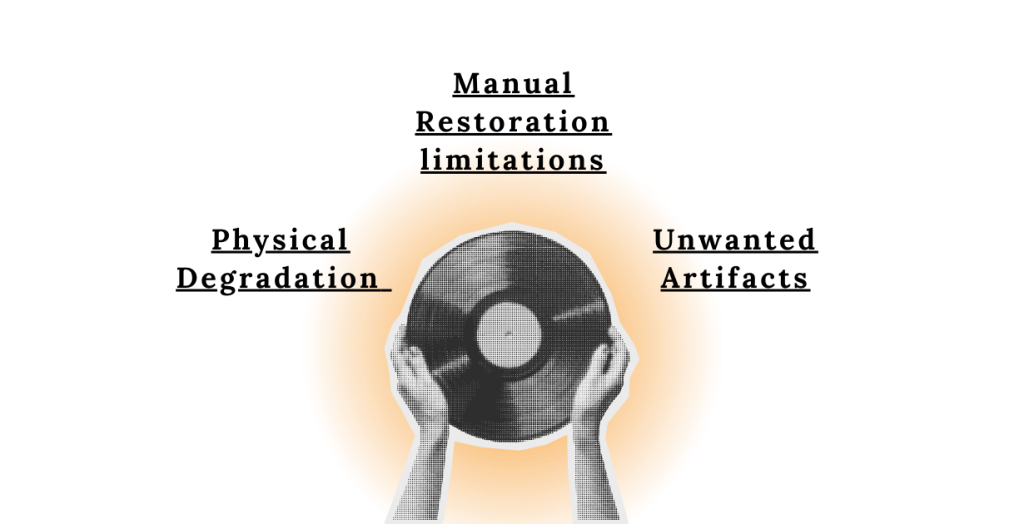
1. Physical Degradation of Analog Media
Analogue tape, once a staple of home and studio recording, is highly sensitive to time, heat, and humidity. Old recordings were stored on vinyl, cassette tapes, reel-to-reel tapes, and magnetic tapes. Over time, these materials break down.
- Vinyl records warp, crack, or develop surface noise over time.
- Cassette and reel tapes often suffer from “tape hiss” and stretching that causes playback issues.
- Magnetic tapes are especially vulnerable—they can lose their magnetic charge, leading to missing audio or distorted sound.
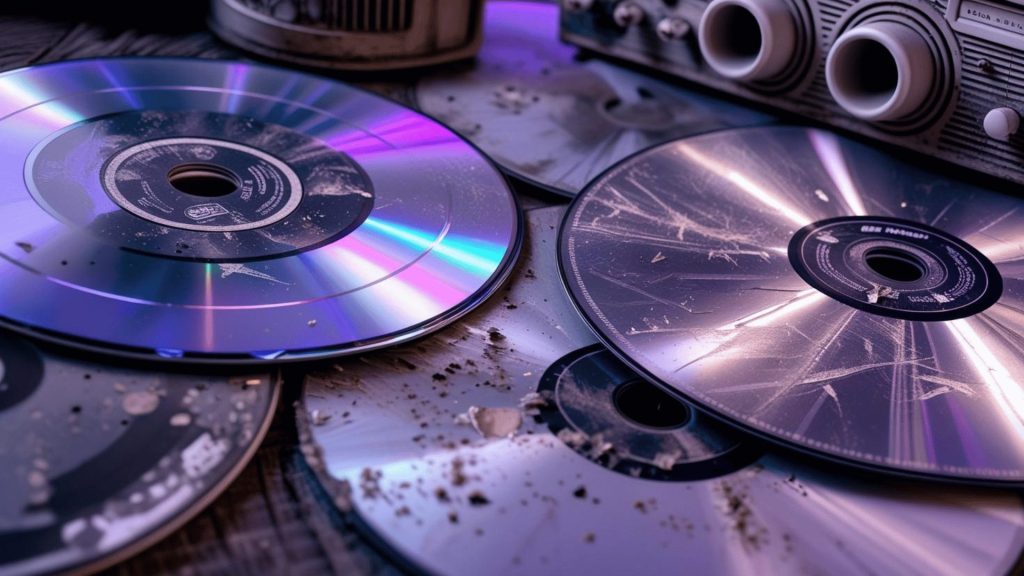
Humidity, dust, and temperature shifts make the damage worse. Mold can grow on tapes, and even handling them without care can cause further wear. In some cases, playback devices for these formats no longer exist or are hard to find, making recovery more difficult. That’s why preserving and restoring audio from these recordings becomes necessary.
2. Noise, Hiss, and Distortion Artifacts
One of the most common problems in old recordings is background noise. These issues weren’t always avoidable back then. As technology was limited, perfection wasn’t always possible. As recordings age, the noise gets worse.
- Tiny scratches on vinyl add crackles.
- Worn-out tapes introduce static and hiss.
- Analogue tape degradation often introduced hiss and warble, especially after repeated playback. In some cases, low-quality microphones or poor recording conditions added distortion right from the start.
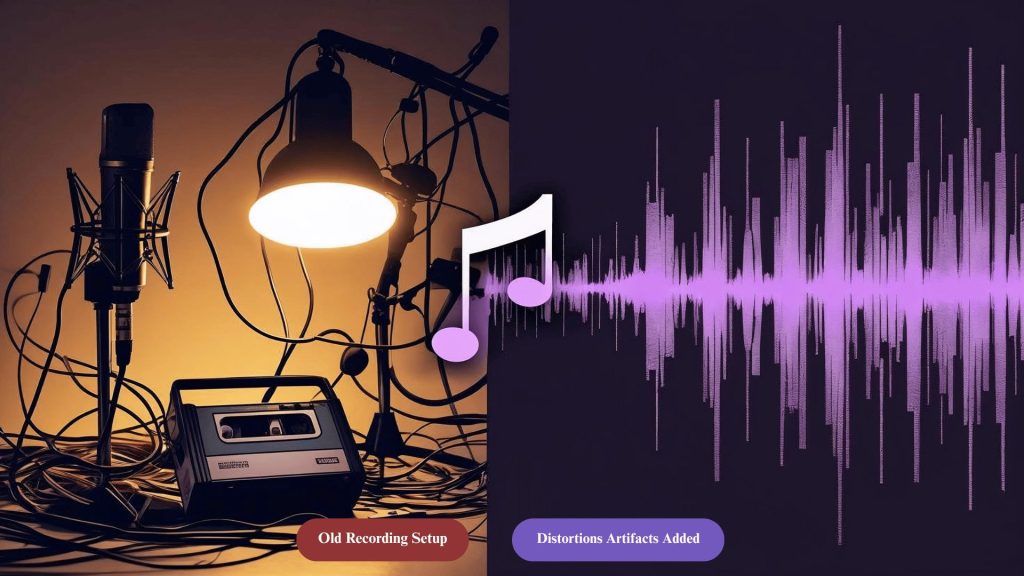
These unwanted sounds distract from the music.
- They hide detail, dull the dynamics, and make the audio feel rough or unclear.
- For spoken word, they can make the speech hard to understand.
- For music, they take away the energy and emotion that should be front and center.
Trying to remove these artifacts is tricky. This is why traditional audio remastering requires deep expertise and careful judgment. Clean too much, and you lose the soul of the recording. Leave too much, and the noise overwhelms the sound.
3. Manual restoration Limitations
Restoring audio by hand has been around for decades. Skilled engineers use tools like equalizers, noise gates, and spectral editing software to clean up sound. But this process is often slow, technical, and far from perfect.
Manual restoration requires years of experience. Even small tasks, like removing a hum or fixing a clipped vocal, take time and precision. This makes the process of restoring audio hard.
It can be a challenge, because:
- Every adjustment must be made carefully to avoid damaging the original audio.
- There’s often no clear reference for how the original was meant to sound.
- Poor-quality files limit how much can be recovered. This is especially true for recordings sourced from analogue tape, which may already have dropouts or physical damage.
For many old recordings, manual work just isn’t practical. More specifically, while trying to remaster old songs that are heavily damaged:
- The time, cost, and effort involved are often too high.
- Large music collections or rare tracks are hard to restore this way.
As a result, many great recordings remain untouched, too damaged to enjoy, yet too valuable to throw away.
How AI Mastering Solves these Old Audio Issue?
Old recordings face many challenges. Fixing these issues manually is slow, costly, and often limited by the quality of the original material. That’s where AI mastering tools step in as a game-changer.
AI works by learning from thousands of examples of clean and damaged audio. These models often deliver AI remastered versions that preserve clarity without altering the original emotion. It doesn’t just apply filters blindly.
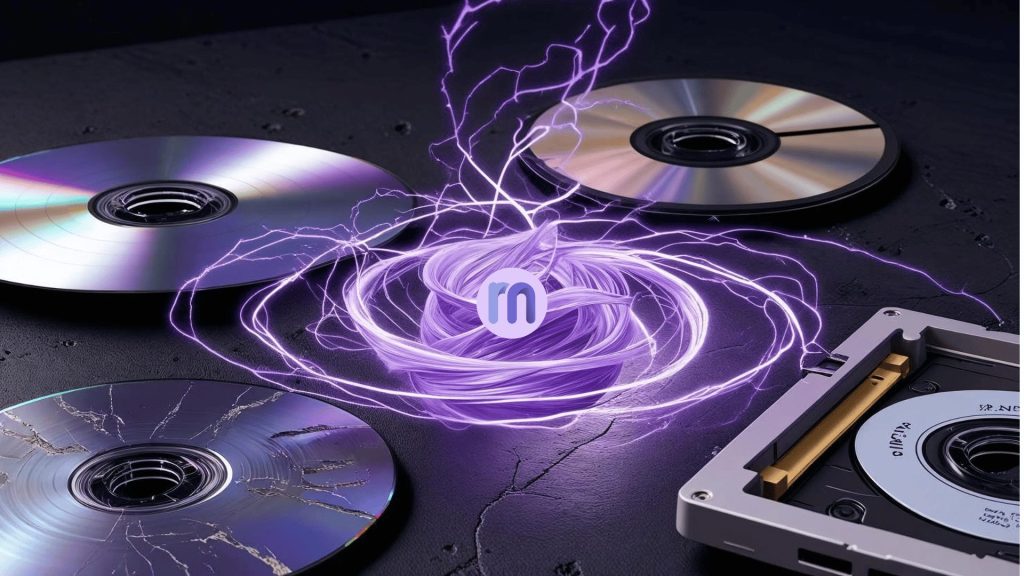
Here’s how it makes a difference:
- Targets unwanted sounds like tape hiss, vinyl crackle, and room hum while keeping the music untouched.
- Balances stereo imaging, making instruments feel well-placed across the left and right channels.
- Restores dynamic range, bringing back volume shifts and energy.
What makes this powerful is that it doesn’t require a studio or deep technical skills. Anyone can now remaster old song with AI, quickly and affordably, without the risk of damaging the original vibe.
In short, AI audio remastering is like having a skilled audio engineer, only faster and always learning. It takes the heavy lifting out of audio cleanup while letting the music shine, exactly how it was meant to be heard.
Remaster Songs with AI: What You Gain?
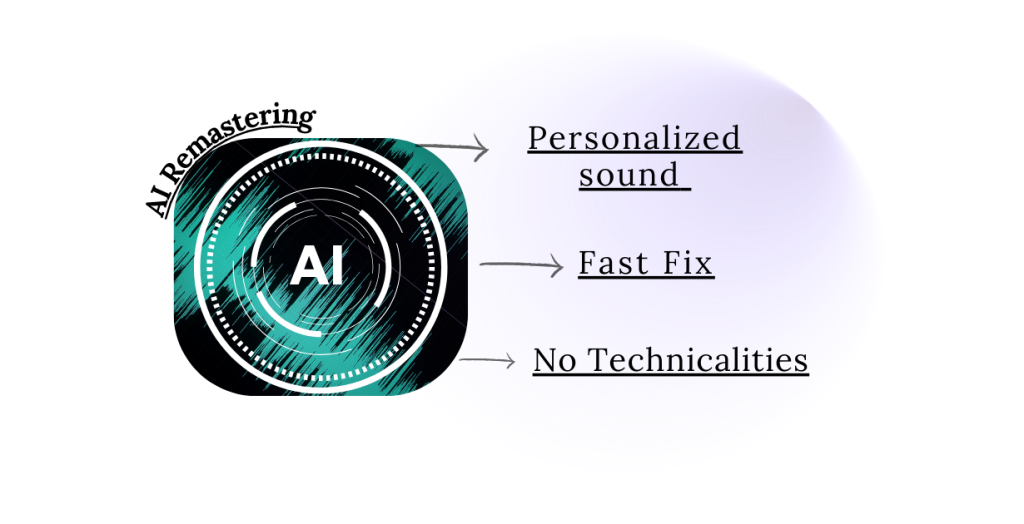
Remastering used to be something only audio professionals could do. It took hours of focused work, expensive gear, and lots of trial and error. But now, thanks to new technology, AI remastering makes high-quality sound restoration possible for everyone, with far less time and effort.
Here’s what makes it so effective:

Speed that saves time
Traditional restoration is slow and manual. AI remaster tools can analyze a track, spot the flaws, and apply precise fixes in just minutes.
No technical skills needed
You don’t have to be a sound engineer. These tools are simple to use—even for beginners. This ease of use is why so many people now choose to remaster audio online instead of turning to complex software.
Personalized sound control
Modern audio remastering tools offer more than cleanup—they provide creative control. For example, Remasterify lets you customize the results. You can adjust how clean, wide, or warm you want your audio to feel, tailoring the process to your taste.
But the biggest benefit is emotional. AI remastering brings old music back to life. Songs that once sounded dull or damaged can now feel full, clear, and alive again.
How Remasterify Helps You Remaster Old Songs with AI
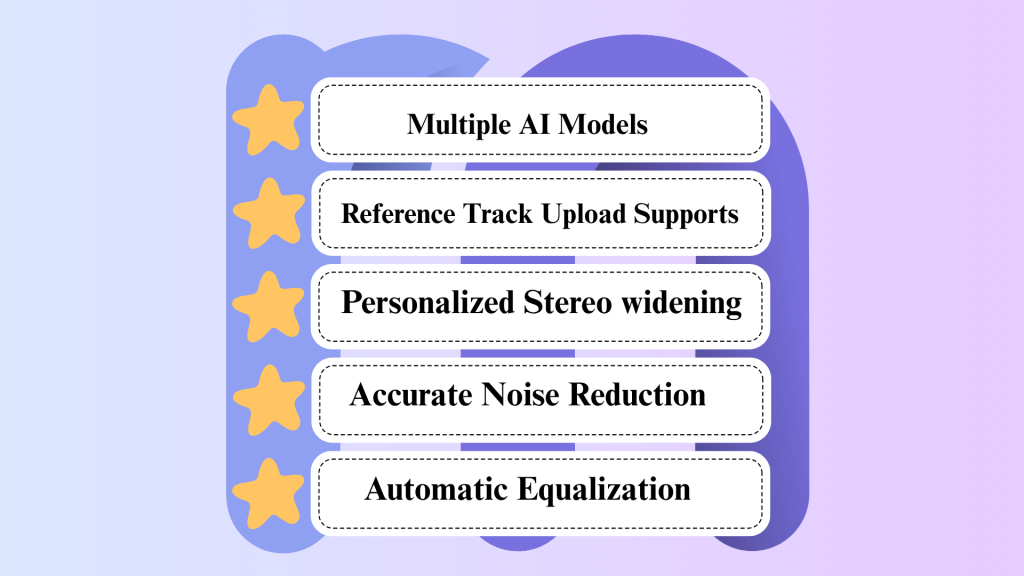
When it comes to giving old recordings new life, not all tools are built the same. That’s where Remasterify stands out to remaster with AI. It’s a powerful yet easy-to-use platform built for anyone. The tool helps in restoring audio without getting lost in technical steps.
Remasterify uses advanced AI remastering technology to clean up recordings with precision. The platform removes noise, balances levels, and enhances clarity, all within minutes.
Here’s what makes it different:
- Simple interface: Upload your track, and Remasterify takes care of the rest.
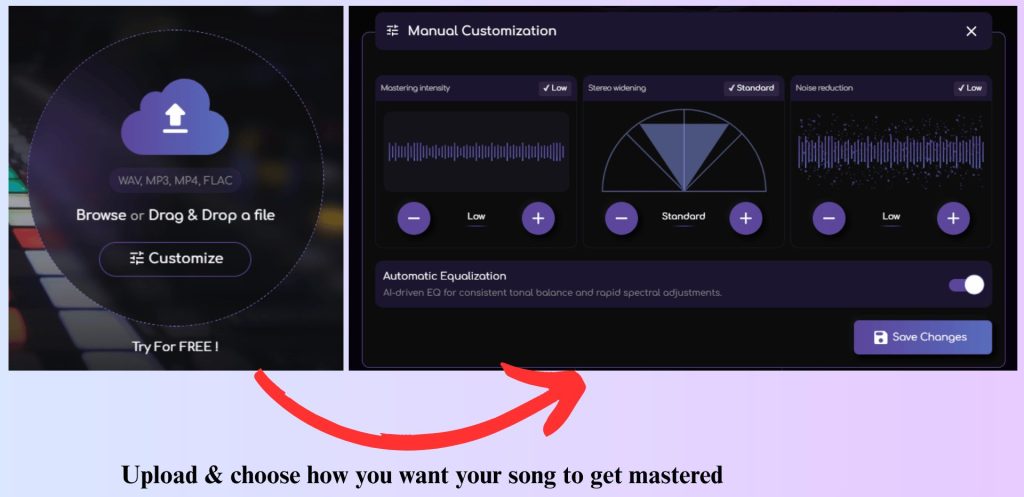
- Custom options: Remasterify offers customization options. So that you can fine-tune it based on your requirements.
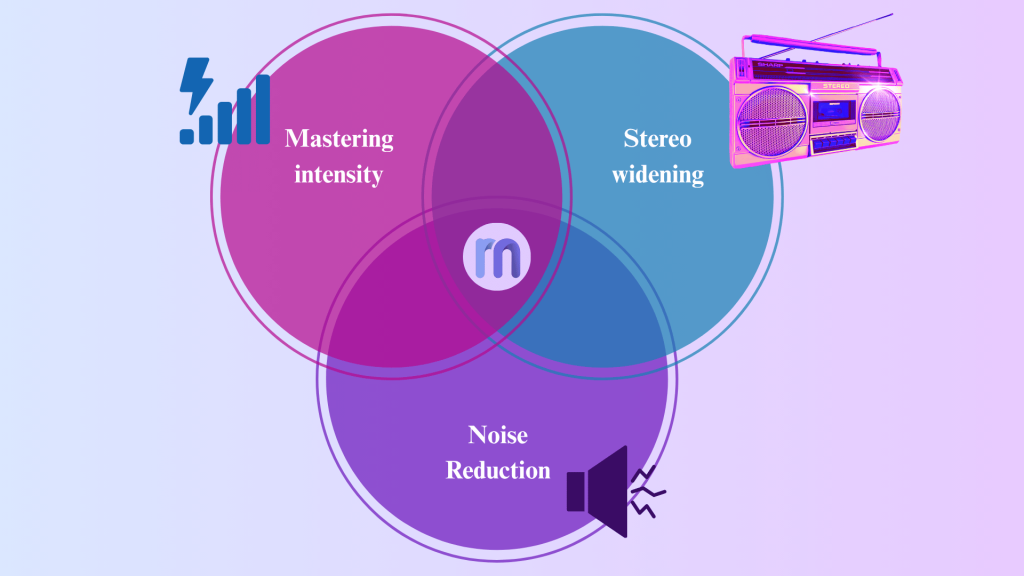
- Get your song remastered in minutes and ready for release on any major streaming platform.
It’s not just for musicians. Beginner producers, podcasters, and even creators use Remasterify to remaster audio online and revisit songs they thought were beyond saving.
At its core, Remasterify gives everyone access to AI remastering without barriers. It makes it easy to remaster old songs and breathe new life into recordings once thought unusable.
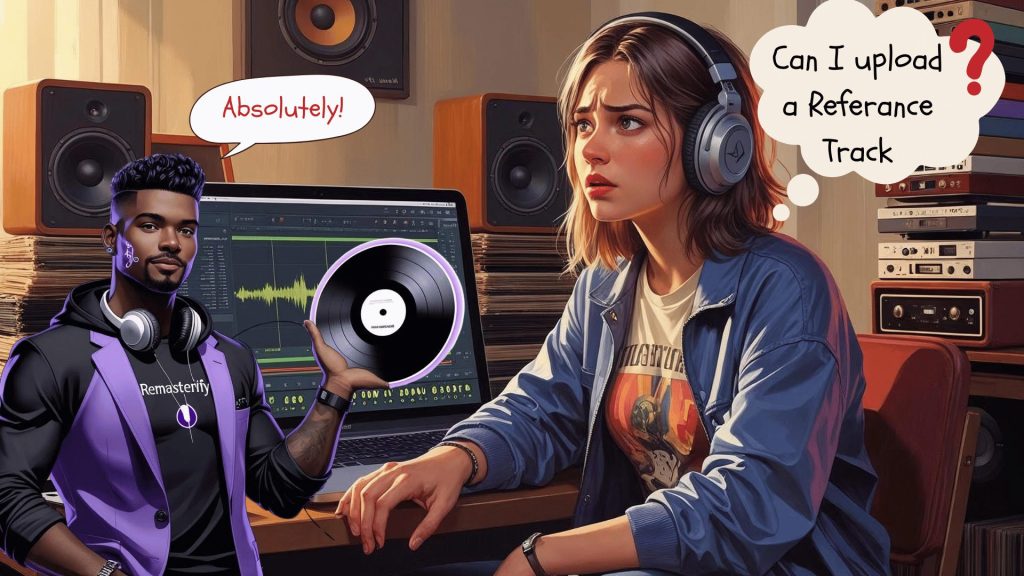
Final Thoughts
Until now, restoring that audio took time, money, and skill. This has changed with the rise of AI Remastering services. Now, anyone can remaster audio online and bring vintage music back into the spotlight.
Whether you’re bringing back forgotten tracks, cleaning up a home recording, or giving new life to a vintage favourite, the AI remastering tools are in your hands. Platforms like Remasterify make it accessible to remaster music with AI, without losing what made it special in the first place.
Frequently Asked Questions
You can remaster old songs by uploading them to an AI remastering tool like Remasterify.
These tools automatically clean up background noise, restore clarity, and balance frequencies in minutes. While using Remasterify, you don’t need editing skills or audio software; just upload your track, and the AI handles the rest while preserving the original feel of the music.
Old recordings degrade over time, causing hiss, crackle, or muffled sound.
This happens due to ageing tapes, scratched vinyl, or poor storage. AI remastering tools like Remasterify can fix these issues by identifying and removing noise while keeping the emotion and warmth of the original recording intact.
Yes, AI can significantly improve low-quality audio by detecting and fixing imperfections.
AI models are trained to recognize common flaws like distortion, hum, and tape hiss. Remasterify uses this intelligence to enhance clarity, restore dynamics, and improve overall sound quality, making even damaged or rough recordings feel polished and listenable again.
No experience is required. AI music remastering tools like Remasterify are beginner friendly.
You simply upload your audio and select preferences (like warmth or clarity), and the tool does the rest. It’s built to remove the technical barrier, allowing anyone to remaster music online without using complex DAWs or manual editing tools.
No, AI remastering is designed to preserve the original sound while improving it.
Tools like Remasterify clean up noise and fix balance issues without removing the soul of the track. You can also control how subtle or detailed the remastering is, so your song stays true to its original tone.
